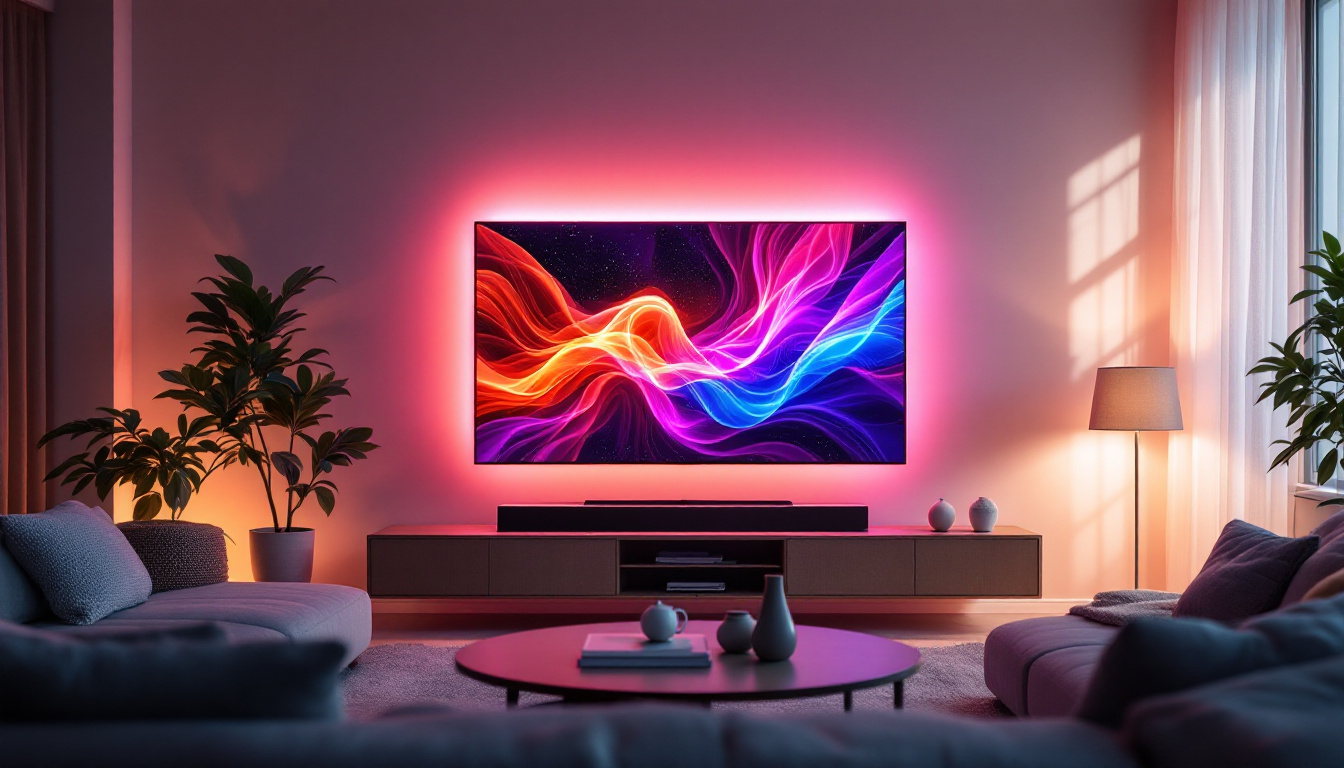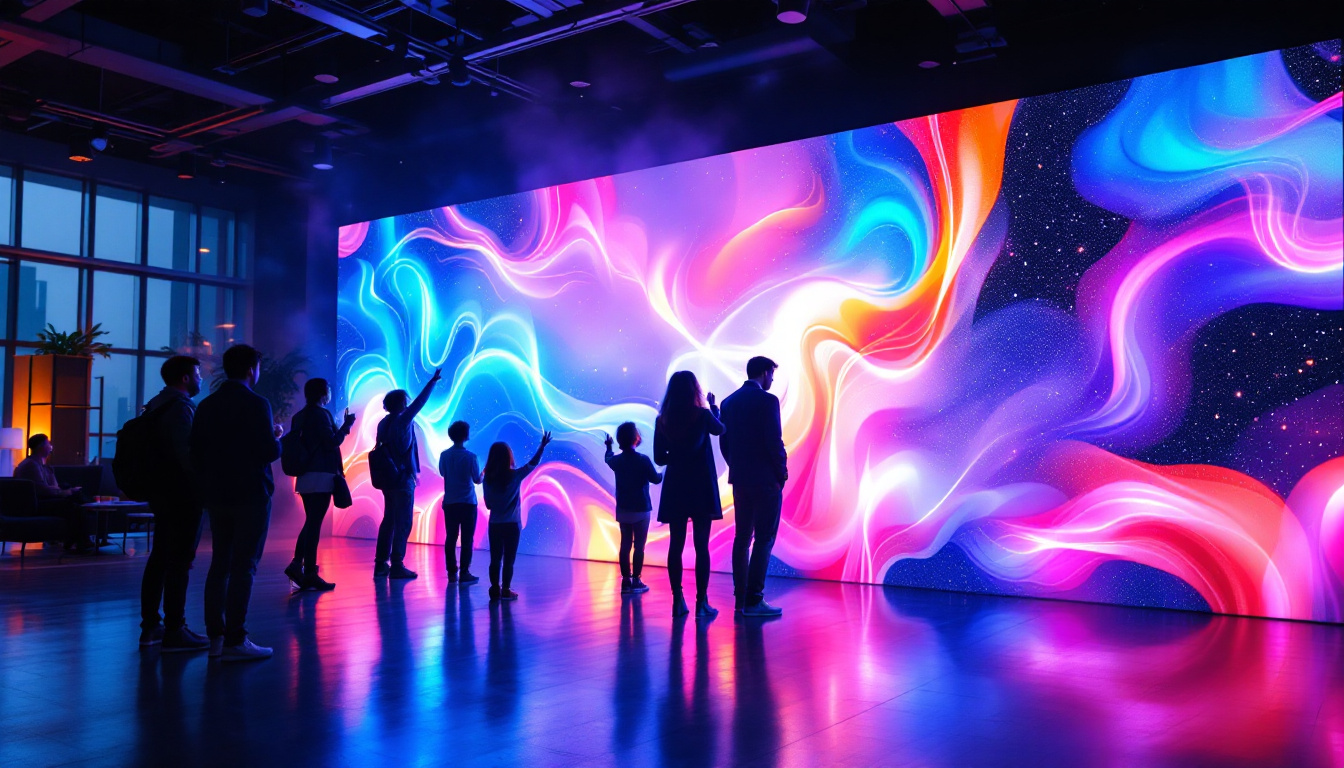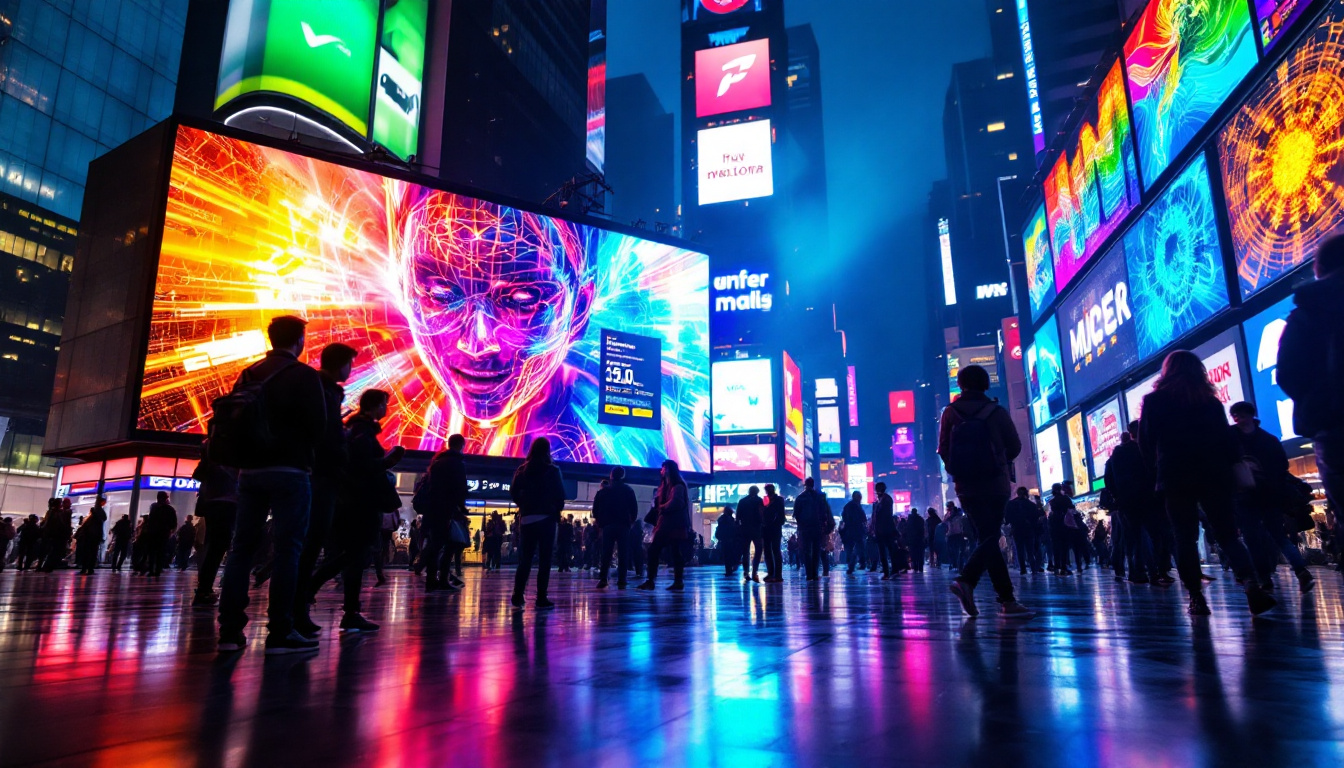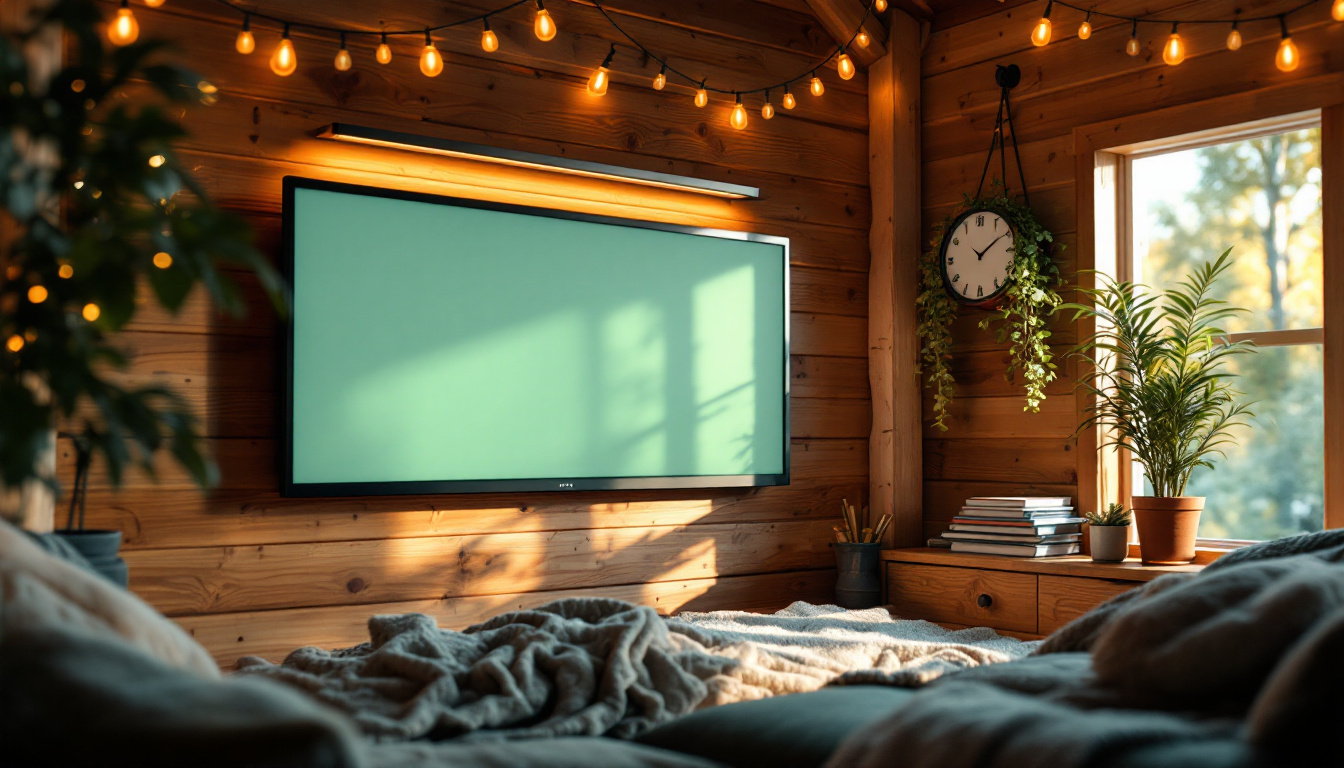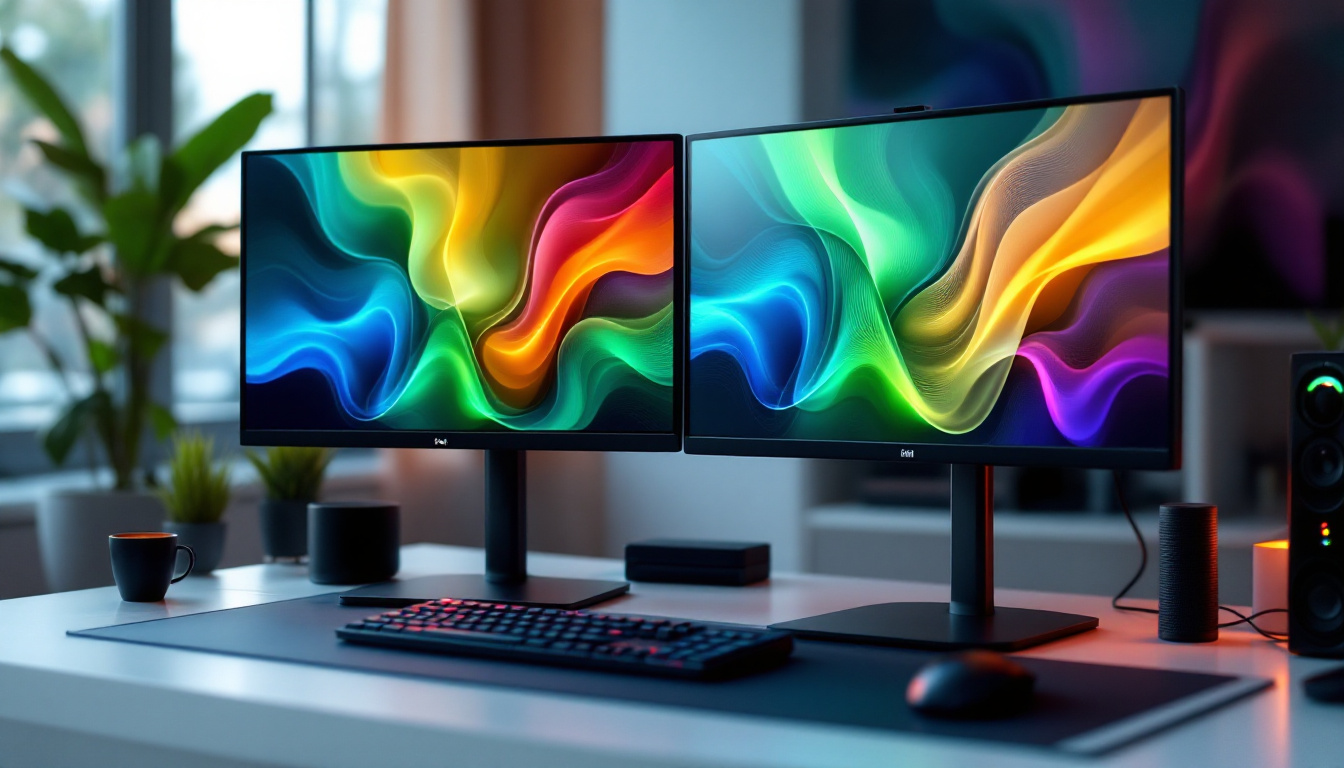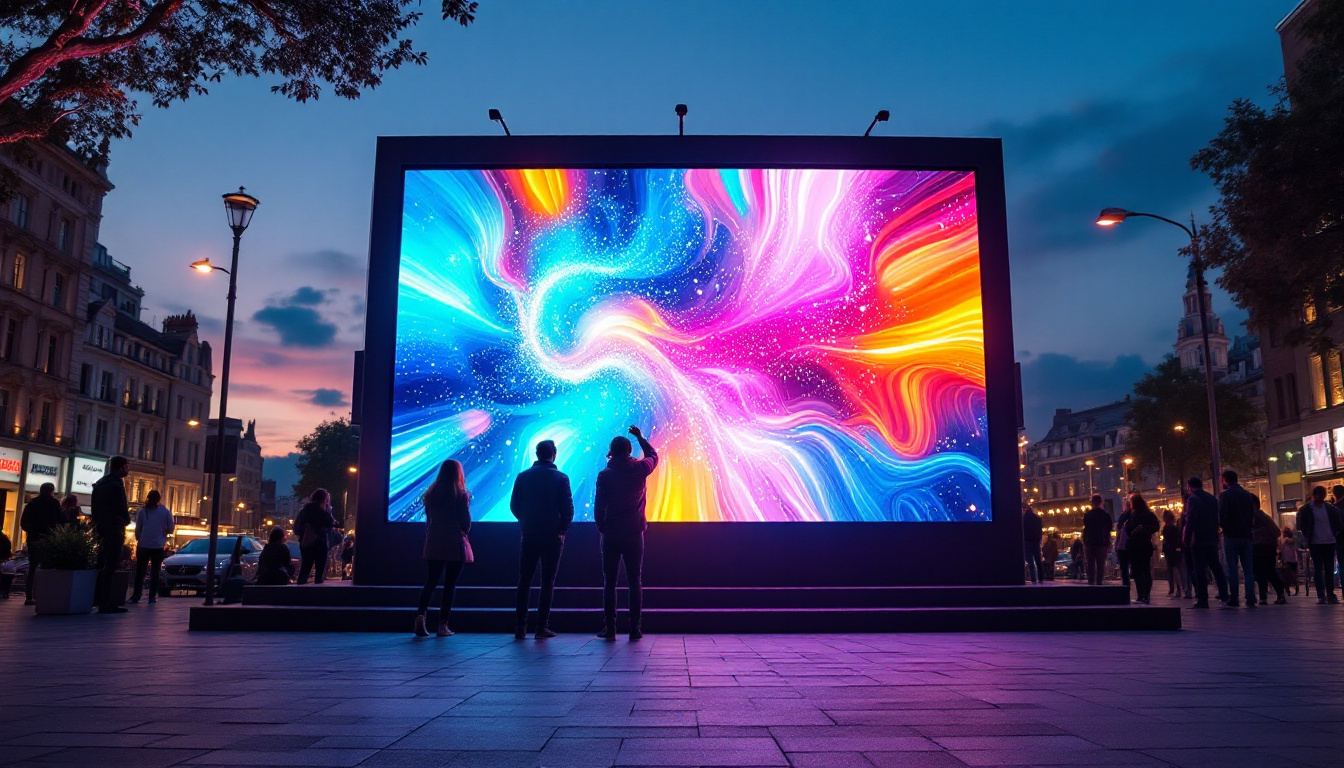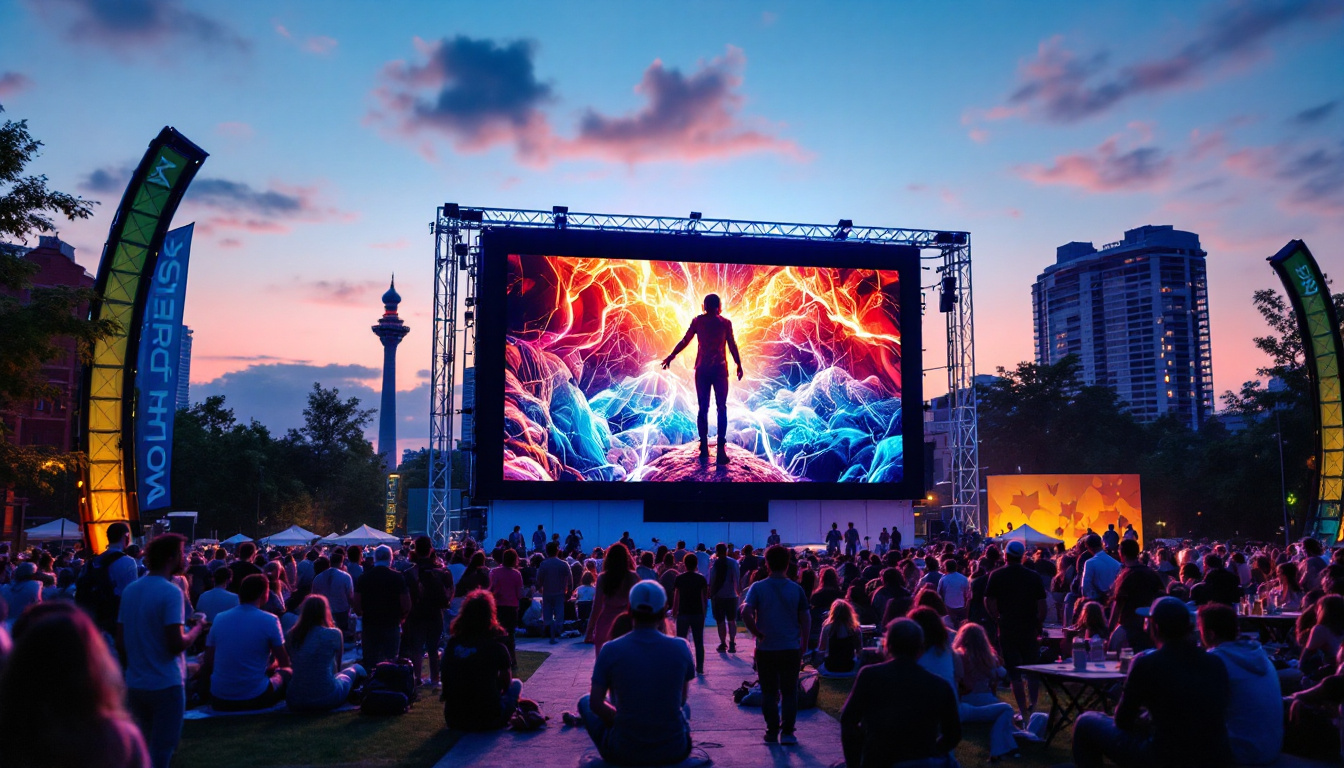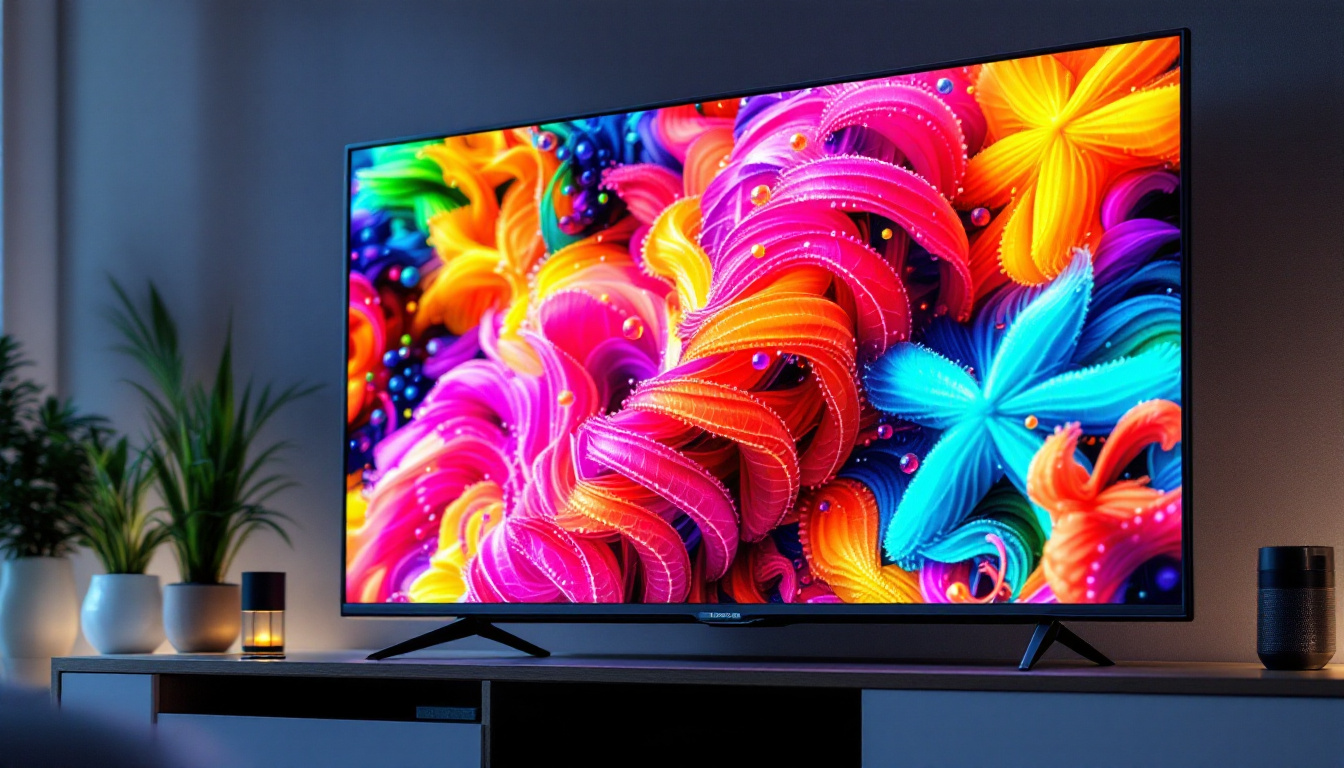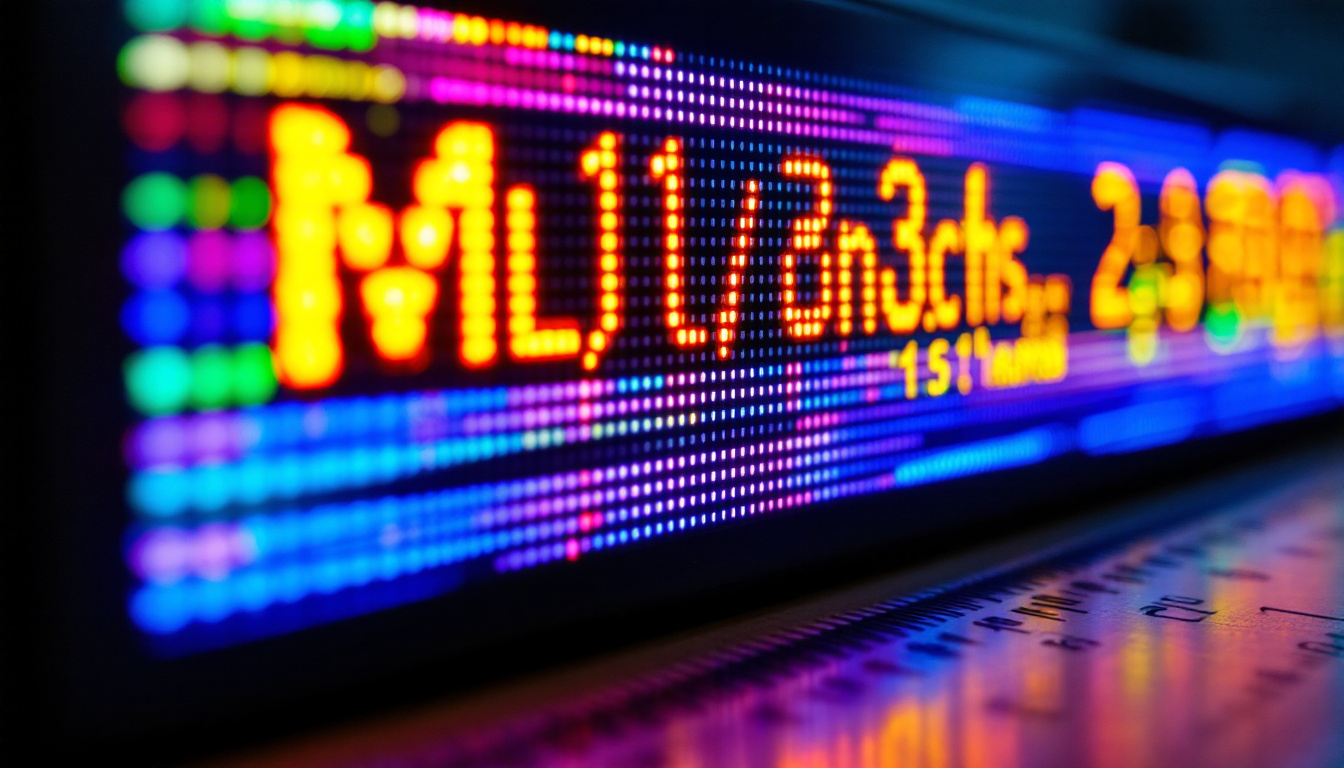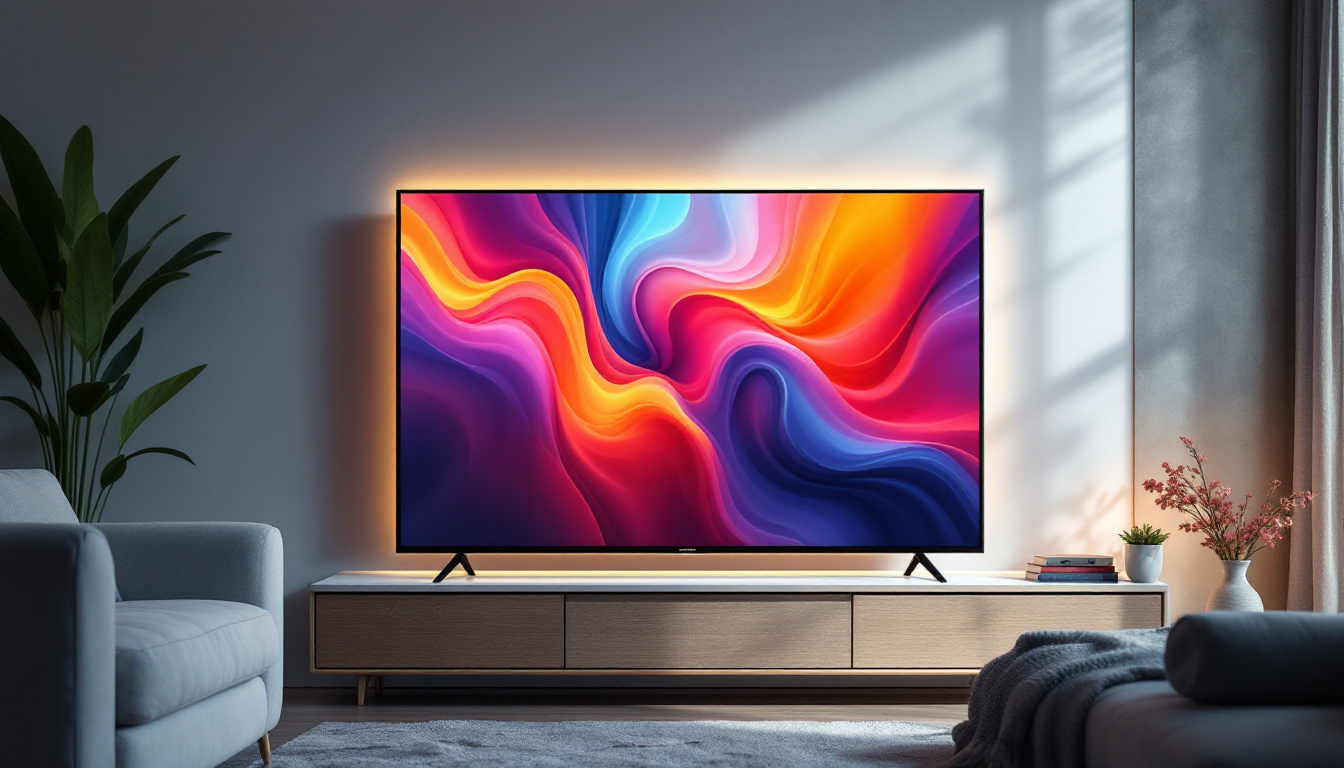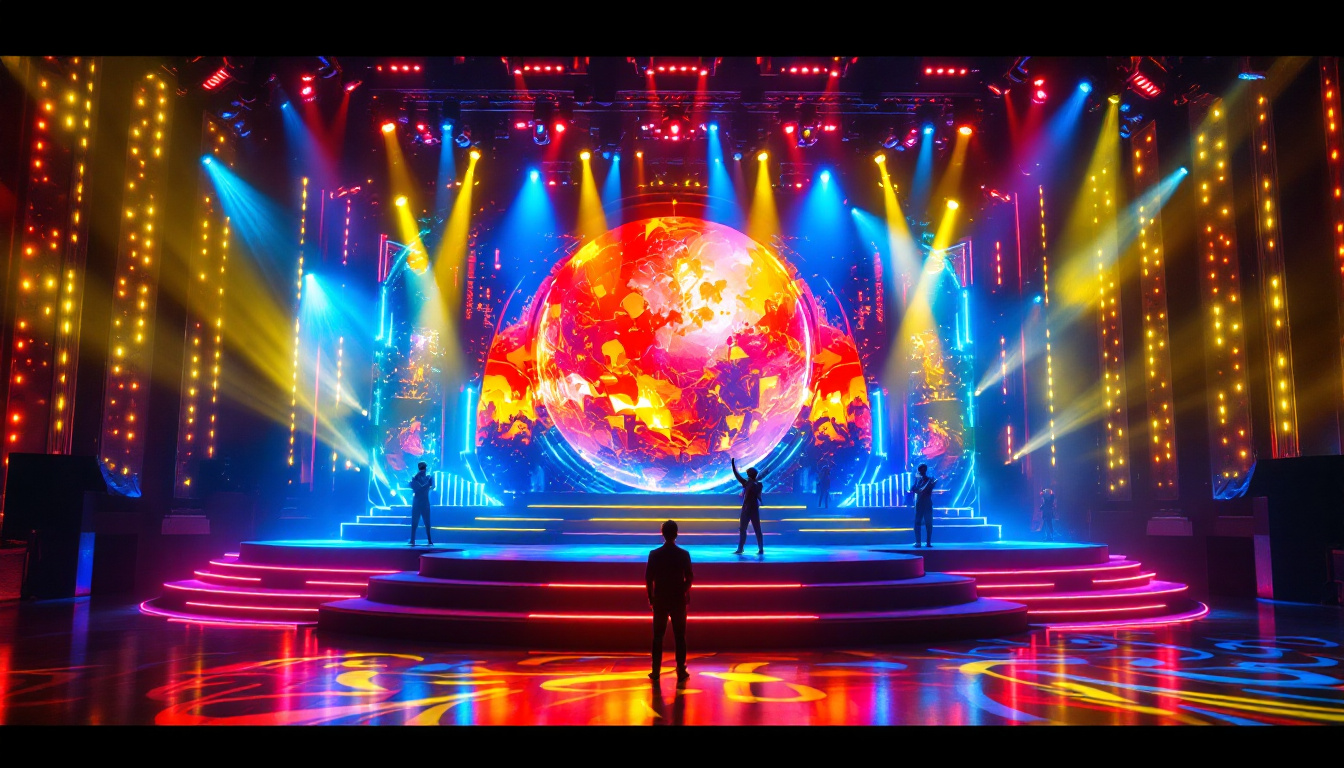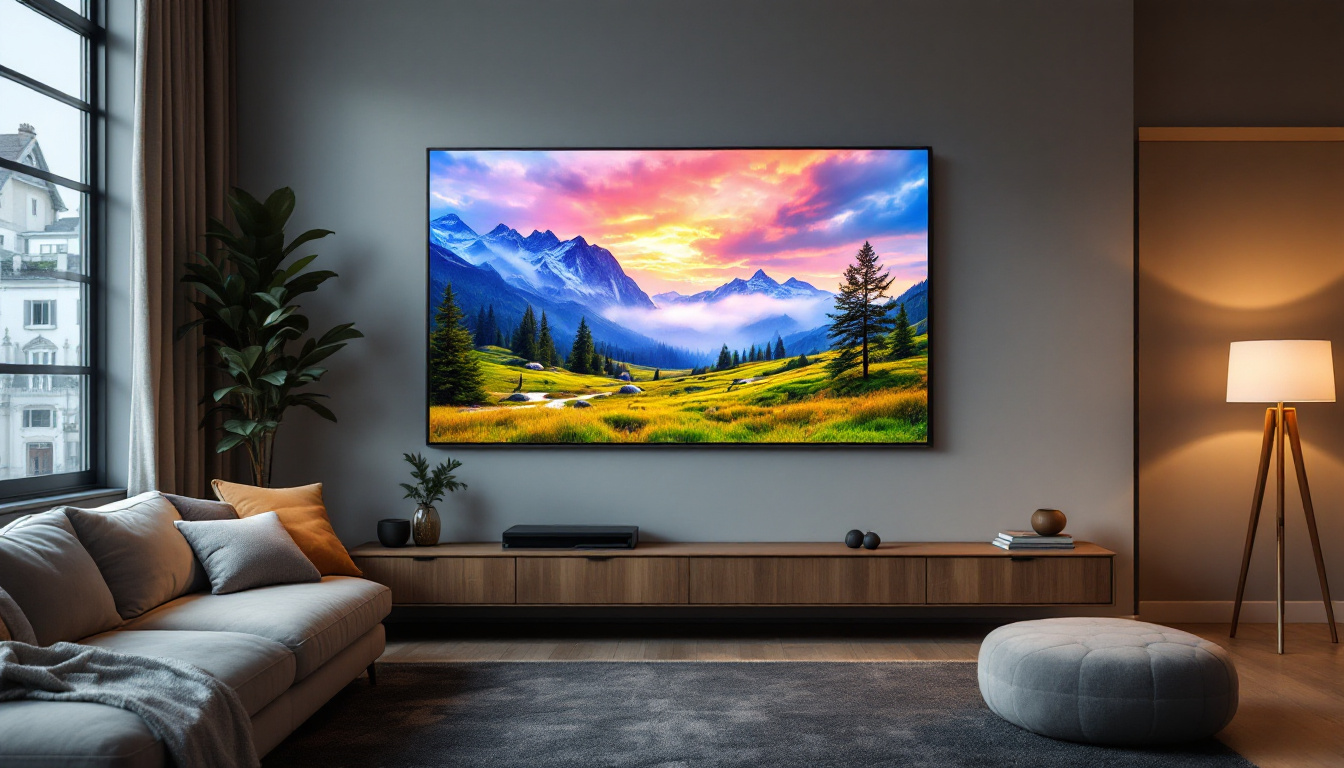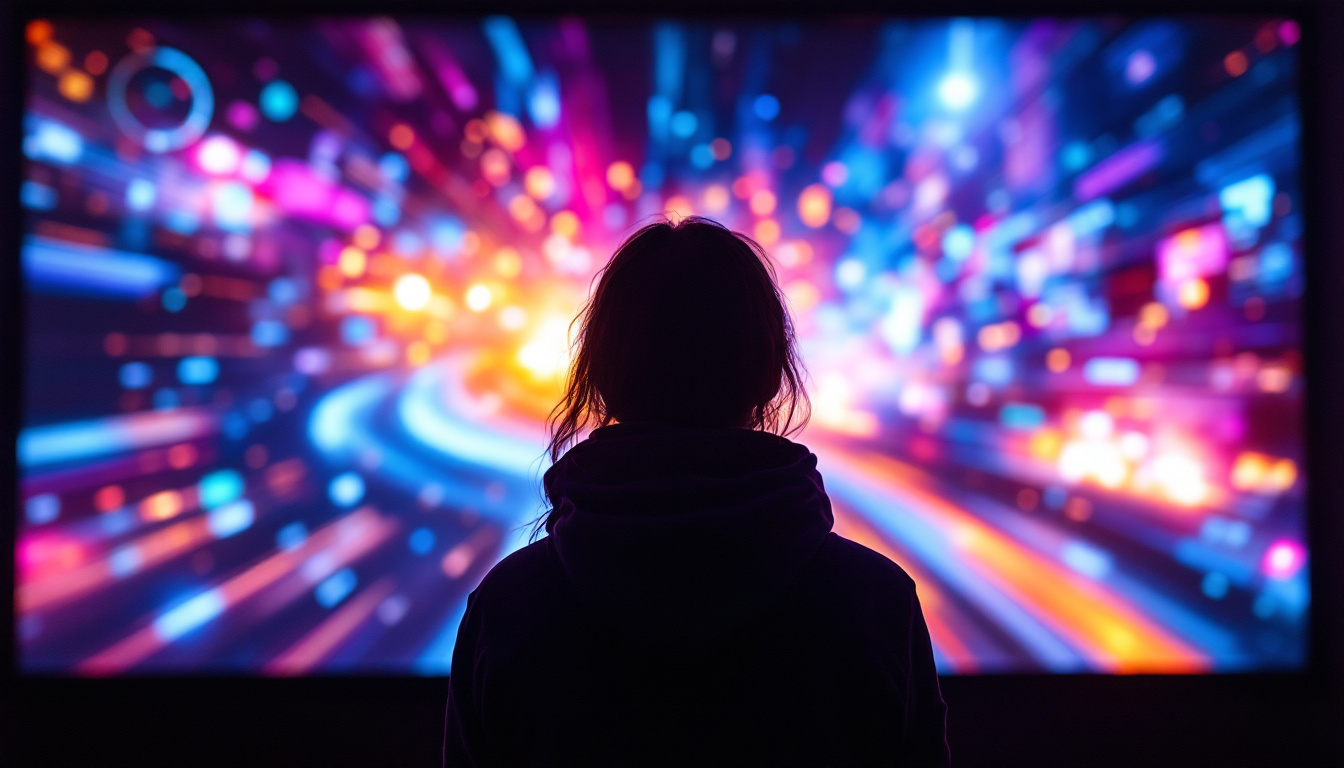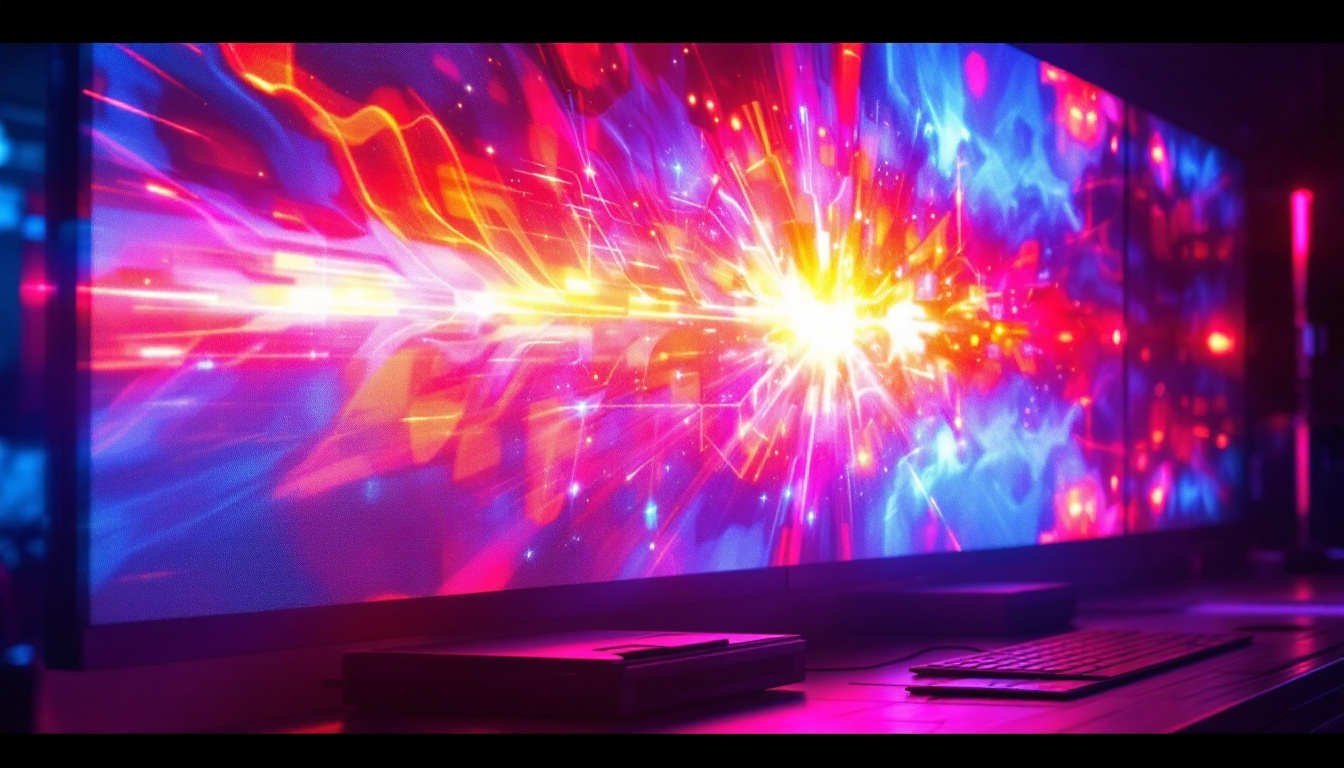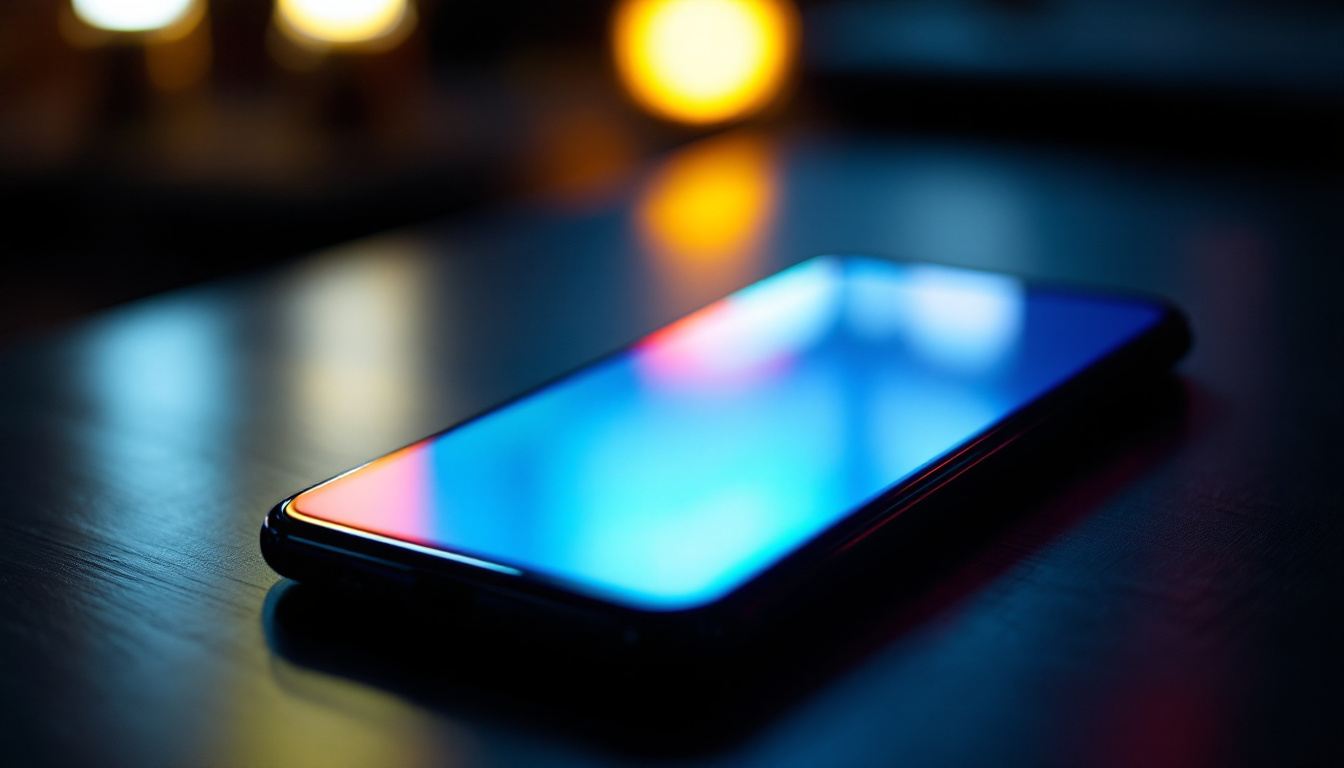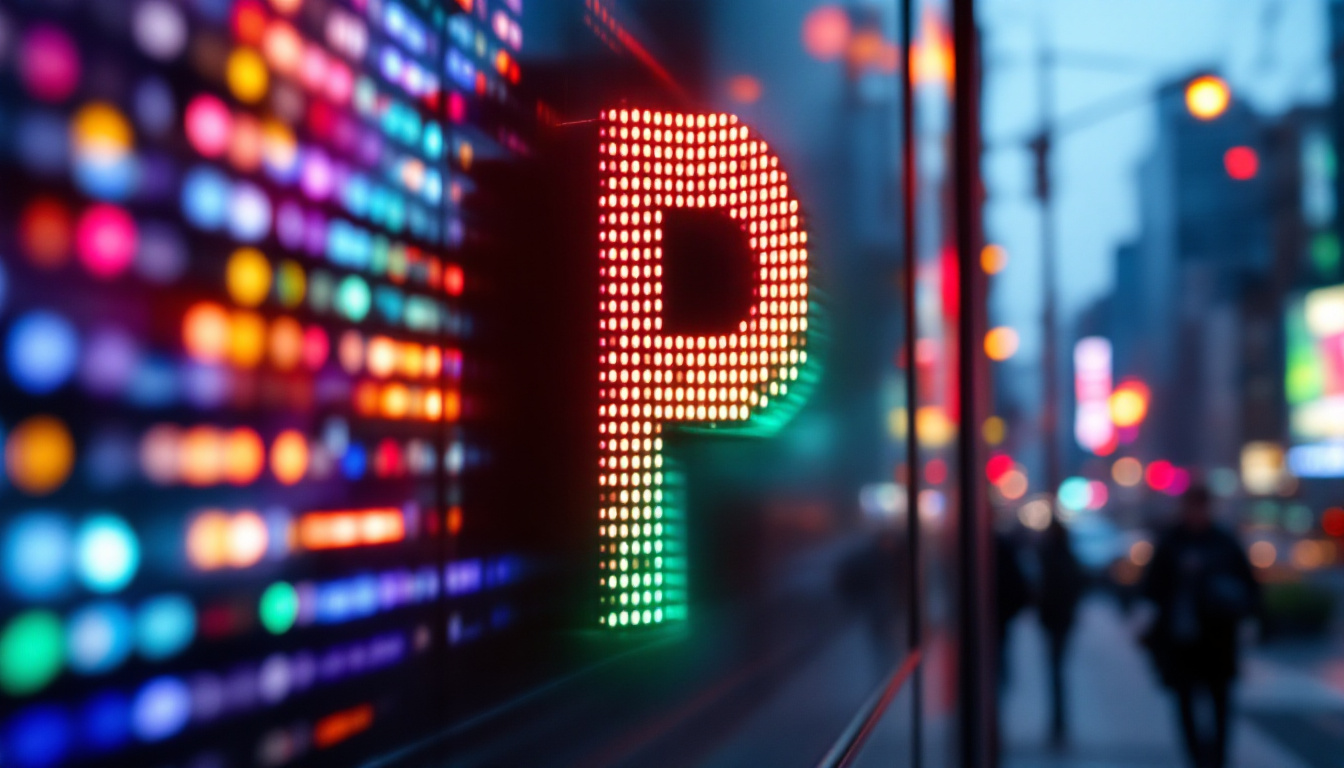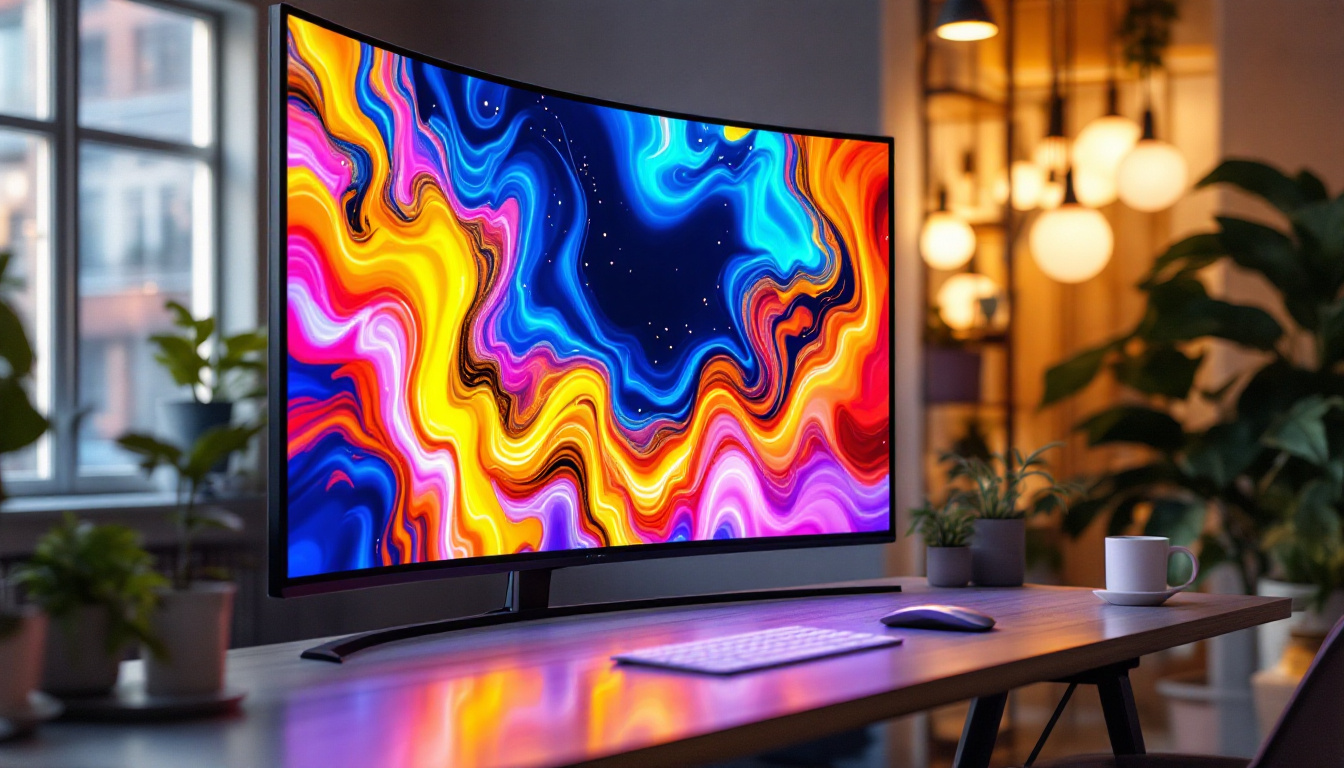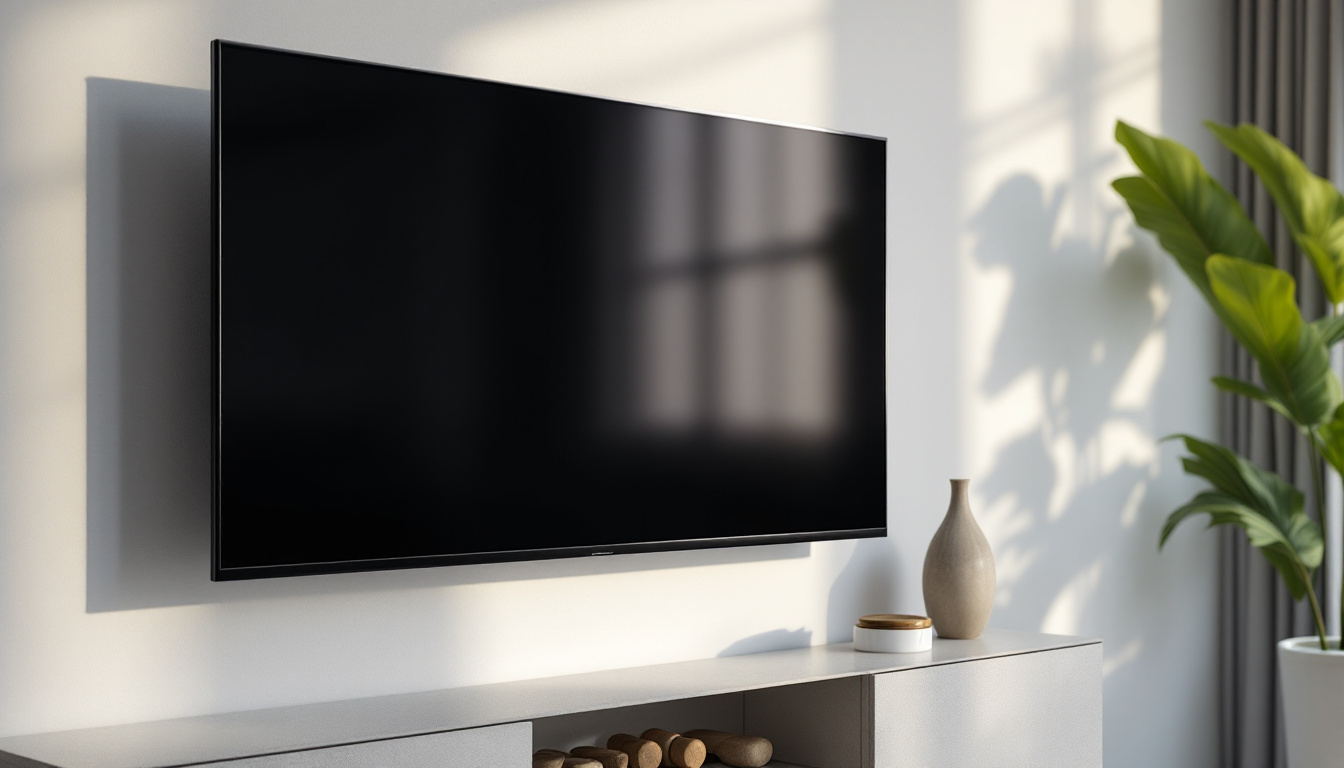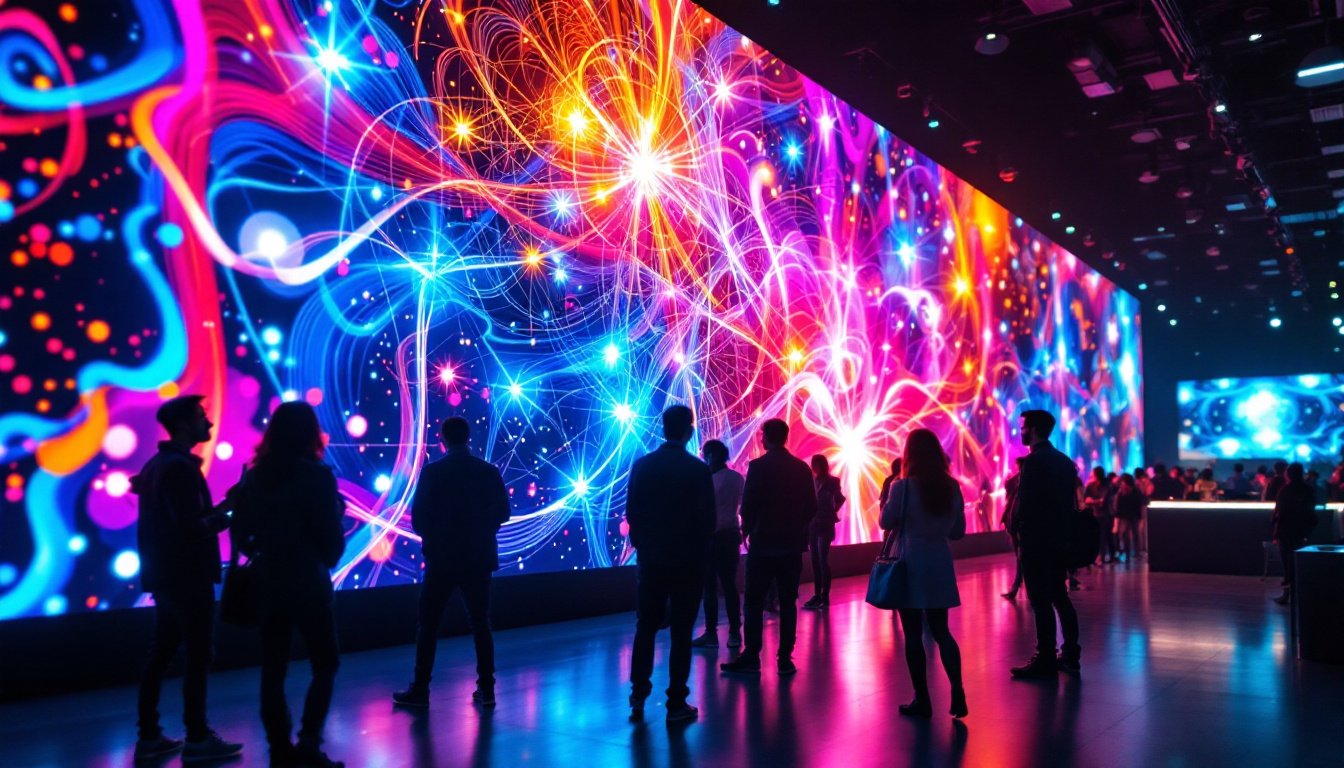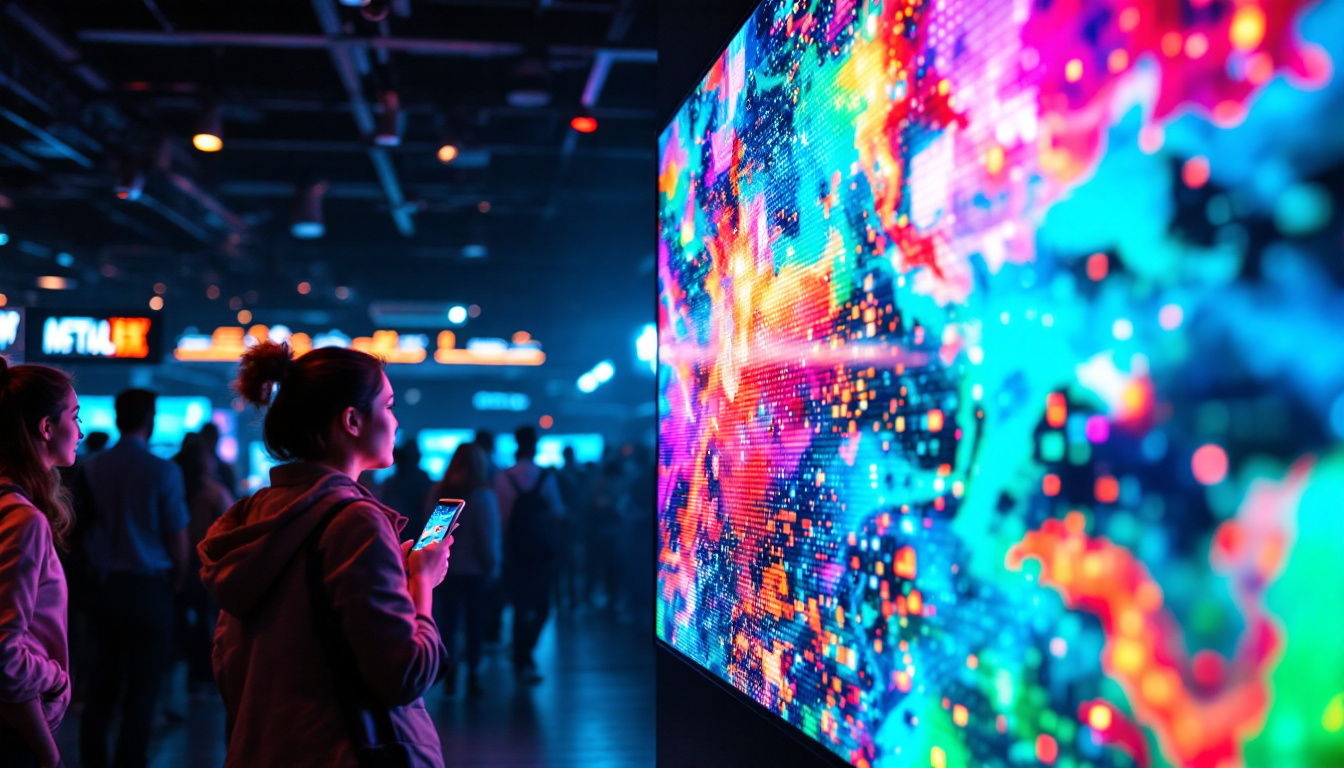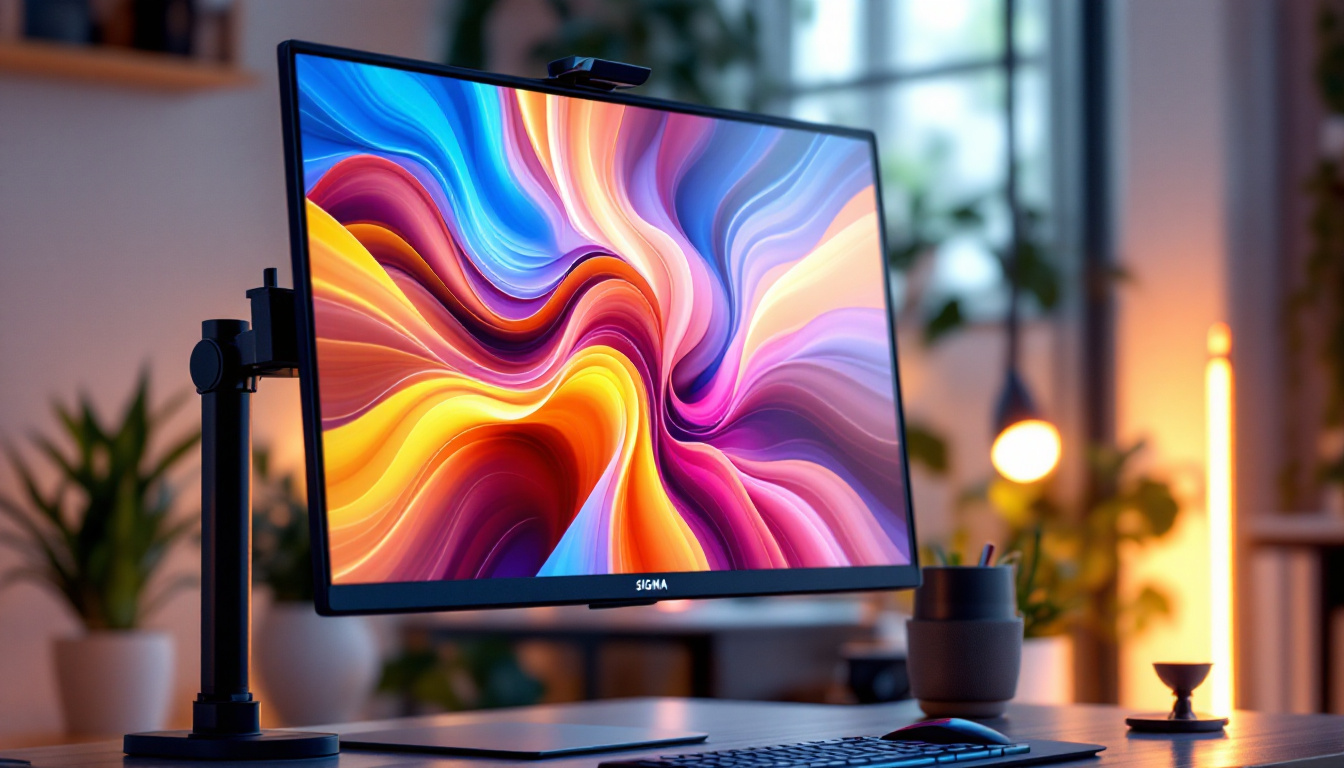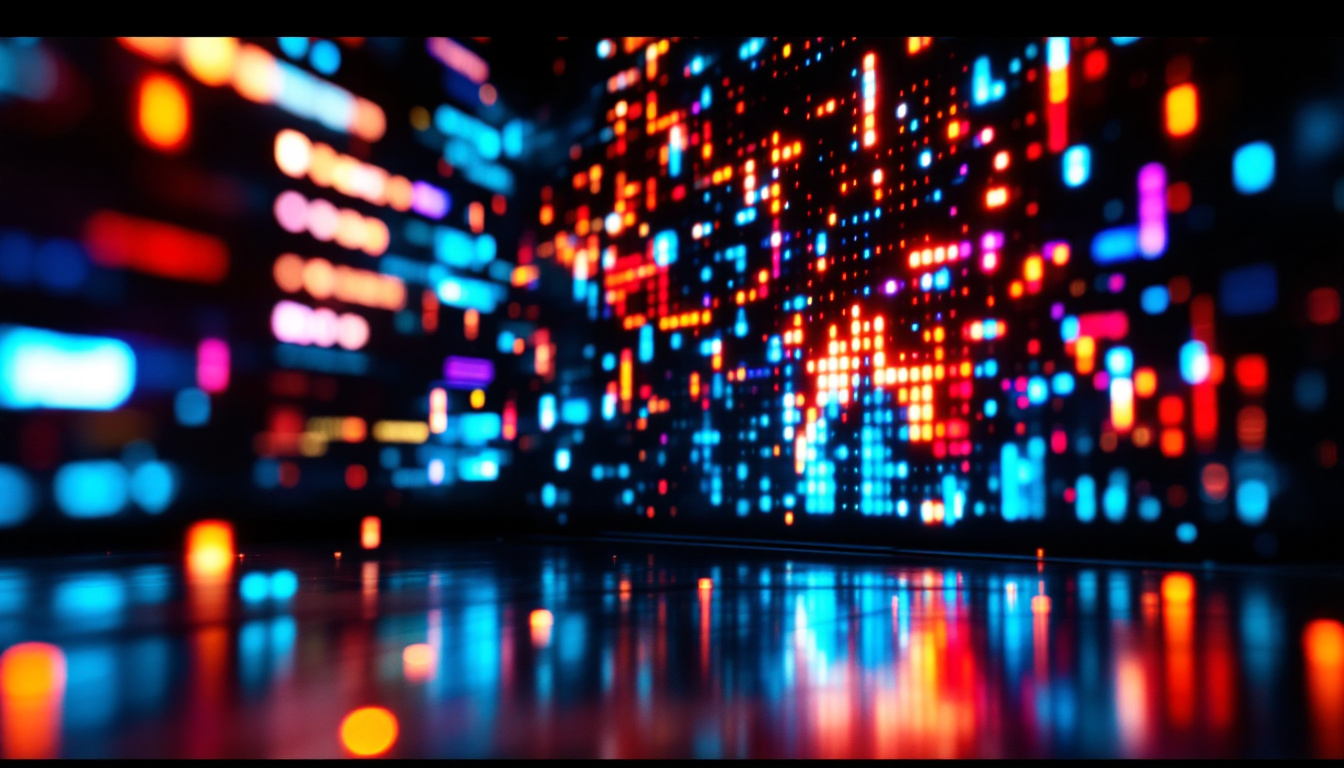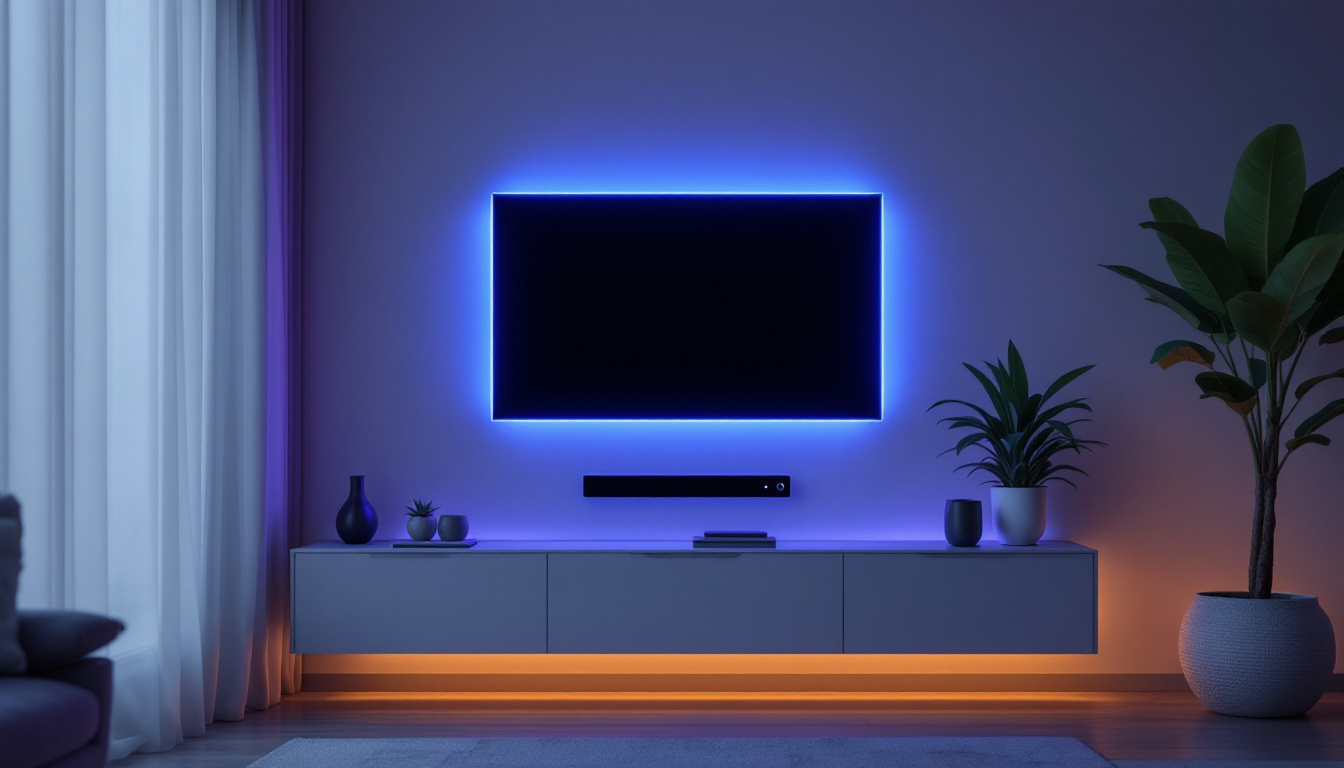In recent years, the integration of LED lights into home entertainment systems has transformed the way viewers experience television. The use of LED lights for TV backgrounds not only enhances visual appeal but also improves the overall viewing experience. This article delves into the intricacies of LED displays, their benefits, and how they can elevate your home theater setup.
Understanding LED Technology
LED, or Light Emitting Diode, technology has revolutionized the display industry. Unlike traditional lighting methods, LEDs are compact, energy-efficient, and capable of producing vibrant colors. This section explores the fundamental aspects of LED technology and its application in television displays.
What is an LED?
At its core, an LED is a semiconductor device that emits light when an electric current passes through it. This process, known as electroluminescence, allows LEDs to produce bright and colorful light with minimal energy consumption. The compact size of LEDs enables manufacturers to create thinner and lighter displays, which are ideal for modern televisions. Additionally, the versatility of LED technology extends beyond just displays; it is also employed in various applications such as automotive lighting, streetlights, and even in horticulture, where specific wavelengths of light can enhance plant growth.
Types of LED Displays
There are several types of LED displays, each with distinct characteristics and applications. The most common types include:
- LED-backlit LCD: These displays use LEDs to illuminate an LCD panel, providing better contrast and color accuracy compared to traditional CCFL backlighting.
- OLED: Organic Light Emitting Diodes (OLED) are self-emissive, meaning each pixel emits its own light, resulting in deeper blacks and a wider color gamut.
- MicroLED: This emerging technology consists of tiny, individual LEDs that can create stunning visuals with high brightness and contrast ratios.
In addition to these common types, there are also specialized LED displays, such as those used in digital signage and large-scale outdoor advertising. These displays often utilize advanced technologies like pixel pitch optimization, allowing for high-resolution images even from a distance. Furthermore, advancements in flexible LED technology are paving the way for innovative applications, such as curved screens and even wearable displays, which can adapt to various shapes and environments.
Advantages of LED Displays
LED displays offer numerous advantages over traditional display technologies. Some of the key benefits include:
- Energy Efficiency: LEDs consume significantly less power than traditional bulbs, making them an environmentally friendly choice.
- Longevity: LED displays have a longer lifespan, often lasting up to 50,000 hours or more.
- Improved Color Accuracy: With the ability to produce a wider spectrum of colors, LED displays provide a more vibrant and immersive viewing experience.
Moreover, LED technology contributes to reduced heat emission, which not only enhances energy efficiency but also prolongs the life of the display components. This characteristic is particularly beneficial in environments where heat buildup can be detrimental, such as in high-performance computing or broadcasting studios. The durability of LEDs also makes them resistant to shock and vibration, further expanding their use in various industrial and commercial applications, including transportation and military technology.
The Role of LED Lights in TV Backgrounds
Incorporating LED lights into the background of a television setup can dramatically enhance the viewing experience. This section discusses the various functions and aesthetic benefits of LED lighting in home entertainment spaces.
Ambient Lighting
One of the primary roles of LED lights in TV backgrounds is to create ambient lighting. Ambient lighting helps reduce eye strain by providing a soft glow around the television, which can make watching for extended periods more comfortable. This is particularly beneficial in dark rooms where the contrast between the bright screen and the surrounding darkness can be harsh.
Enhancing Visual Experience
LED lights can also enhance the overall visual experience by creating a more immersive atmosphere. By synchronizing LED colors with on-screen content, viewers can feel more engaged in the action. For instance, during a dramatic scene, the background lights can shift to cooler tones, while warmer hues can be used during lighter moments. This dynamic interaction adds a new layer of depth to the viewing experience.
Customization and Personalization
Another significant advantage of using LED lights for TV backgrounds is the ability to customize and personalize the lighting setup. Many LED systems come with remote controls or smartphone apps that allow users to adjust colors, brightness, and effects. This level of customization enables individuals to create a unique ambiance that reflects their personal style or complements the decor of their home.
Setting Up LED Lights for Your TV
Installing LED lights for a television background is a straightforward process that can yield impressive results. This section provides a step-by-step guide on how to set up LED lights effectively.
Choosing the Right LED Lights
Before diving into the installation process, it’s essential to choose the right type of LED lights. Options include LED strips, light bars, and smart bulbs. LED strips are particularly popular for TV backgrounds due to their flexibility and ease of installation. They can be cut to fit various sizes and shapes, making them versatile for different setups.
Installation Steps
Once the appropriate LED lights have been selected, follow these steps for installation:
- Clean the Surface: Ensure that the area where the LED lights will be attached is clean and dry. This helps the adhesive stick better.
- Measure and Cut: Measure the length needed for the LED strips and cut them accordingly, following the manufacturer’s guidelines.
- Attach the Lights: Peel off the adhesive backing and carefully attach the LED strips to the desired location around the TV.
- Connect to Power: Plug the LED lights into a power source and ensure they are functioning correctly.
- Customize Settings: Use the remote or app to customize colors and brightness to your liking.
Tips for Optimal Placement
To maximize the benefits of LED lighting, consider the following tips for optimal placement:
- Positioning: Place the LED lights behind the TV or along the edges to create a halo effect that enhances depth perception.
- Height: Ensure the lights are at an appropriate height to avoid glare on the screen.
- Color Matching: Experiment with different colors to see which ones enhance your viewing experience the most.
Smart LED Lighting and Integration
The rise of smart home technology has led to the development of smart LED lighting systems that can be integrated with home automation platforms. This section explores how smart LED lights can enhance the TV viewing experience.
Compatibility with Smart Home Systems
Many modern LED lighting solutions are compatible with popular smart home systems such as Amazon Alexa, Google Assistant, and Apple HomeKit. This compatibility allows users to control their lighting through voice commands or smartphone apps, providing a seamless experience.
Dynamic Lighting Effects
Smart LED lights often come with dynamic lighting effects that can sync with on-screen content. For example, during a movie, the lights can change colors based on the mood of the scene, creating a more immersive experience. This synchronization can significantly enhance the emotional impact of the content being viewed.
Scheduling and Automation
Another advantage of smart LED lighting is the ability to schedule and automate lighting changes. Users can set their lights to turn on or off at specific times, or even create routines that adjust the lighting based on the time of day. This feature not only adds convenience but also helps to create a more inviting atmosphere for movie nights or gaming sessions.
Choosing the Right LED Lights for Your Needs
With a plethora of options available, selecting the right LED lights for a TV background can be overwhelming. This section outlines key factors to consider when making a decision.
Brightness and Color Temperature
When choosing LED lights, consider the brightness level and color temperature. Brightness is measured in lumens, and a higher lumen count will provide more intense light. Color temperature, measured in Kelvin, affects the mood of the lighting; warmer tones (around 2700K) create a cozy atmosphere, while cooler tones (above 5000K) can feel more energizing.
Length and Flexibility
For LED strips, ensure that the length is appropriate for your setup. Many strips can be cut to size, but it’s essential to measure the area accurately. Additionally, flexibility is crucial for fitting around corners or curves, so look for strips that can bend easily without damaging the lights.
Control Options
Consider how you want to control your LED lights. Options include remote controls, smartphone apps, or even voice commands through smart home systems. The level of control can significantly impact the user experience, so choose a system that fits your lifestyle.
Maintenance and Care for LED Lights
To ensure longevity and optimal performance, proper maintenance and care for LED lights are essential. This section provides tips on how to keep your LED setup in top condition.
Regular Cleaning
Dust and dirt can accumulate on LED lights, diminishing their brightness and effectiveness. Regularly clean the lights with a soft, dry cloth to remove any debris. Avoid using harsh chemicals, as they can damage the surface of the lights.
Checking Connections
Periodically check the connections and power sources for your LED lights. Loose connections can lead to flickering or failure to turn on. Ensuring that all connections are secure can prevent potential issues and prolong the lifespan of the lights.
Updating Software
If using smart LED lights, keep the software updated to access new features and improvements. Manufacturers often release updates that enhance performance and security, so regularly check for updates through the associated app.
Conclusion
LED lights for TV backgrounds are a fantastic way to enhance the viewing experience, offering both aesthetic appeal and functional benefits. By understanding the technology, exploring various options, and implementing smart lighting solutions, individuals can create a personalized and immersive home entertainment environment. Whether for movie nights, gaming sessions, or simply relaxing, the right LED setup can transform any space into a captivating visual experience.
As technology continues to evolve, the possibilities for LED lighting will only expand, offering even more ways to enhance home entertainment systems. Embracing these advancements can lead to a more enjoyable and engaging viewing experience, making it a worthwhile investment for any home theater enthusiast.
Illuminate Your Space with LumenMatrix
Ready to take your home entertainment to the next level? Discover the innovative world of LumenMatrix, where cutting-edge LED display technology meets creative design. From the immersive Indoor LED Wall Display to the dynamic Outdoor LED Wall Display, LumenMatrix offers a wide range of solutions to elevate your viewing experience. Whether you’re looking to create a custom LED display for your living room or seeking an All-in-One LED Display for easy installation, LumenMatrix has the perfect solution to fit your needs. Don’t just watch TV—immerse yourself in it with LumenMatrix. Check out LumenMatrix LED Display Solutions today and transform your TV background into a captivating visual experience.

